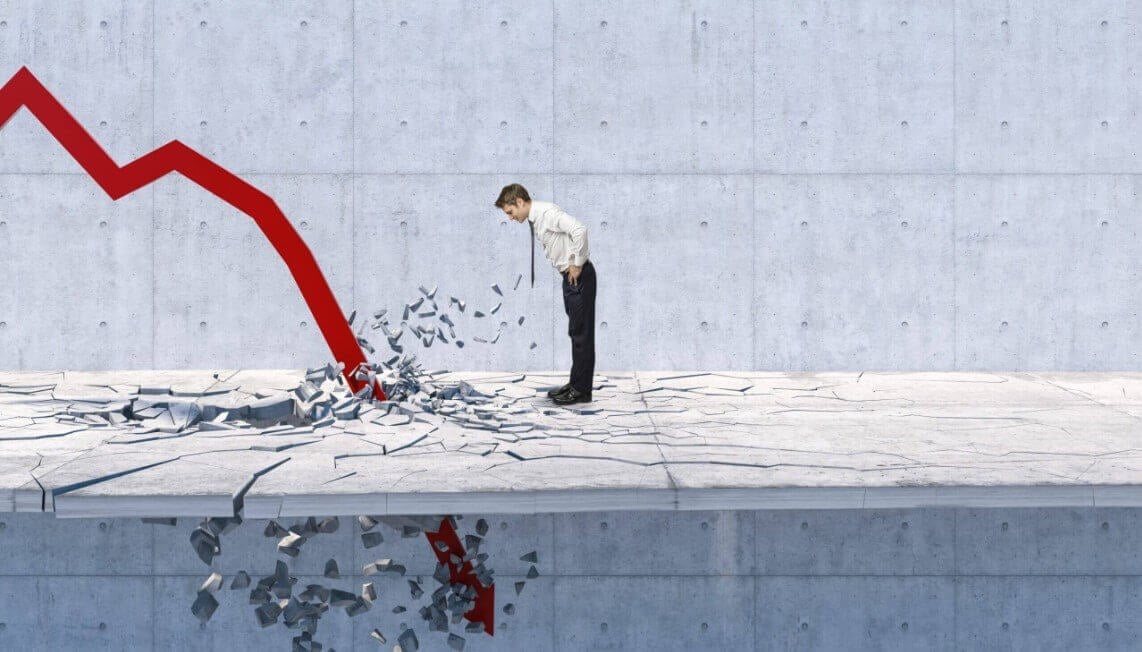
Not long ago, I wrote a blog article, Claims-Made Step Factors 101, that sought to manage expectations pertaining to expected premium increases that would be driven by the claims-made step factors E&S underwriters would take more often as the healthcare professional liability (HPL) market firmed. Given the magnitude of the economic impact brought on by the COVID-19 pandemic, it seems inevitable that we will all field many requests for premium reductions in the near future. With that in mind, I thought I would undertake a similar analysis with the goal of identifying the actuarial obstacle to premium reductions on claims-made policies.
As I did in my previous “101” article, I’ll begin this analysis with the applicable claims-made step factors. For HPL policies, those typically look something like this:
|
Claims-Made Year |
1 |
2 |
3 |
4 |
5 |
|
Step Factor |
.35 |
.65 |
.85 |
.95 |
1.0 |
The goal here is to determine the extent to which the overall premium charge for any given policy period is generated from the current policy year exposures. We do this using simple division: the first year claims-made step factor divided by the current year claims-made step factor.
Let’s assume, for example, an HPL policy is in its first year of claims-made coverage. To determine the percentage of the overall premium charge for the policy period associated with current policy year exposures, we divide .35 (the first year claims-made step factor) by .35 (in this case also the current year claims-made step factor), which equals 1 or 100%. So in the first year of claims-made coverage, 100% of the premium charge is associated with the current policy year exposures. This makes sense, as there are no prior year exposures to consider.
Applying the same approach to the second year of claims-made coverage, you can begin to see that prior years’ exposures begin to drive pricing in the current year. Following the equation detailed above, we can see that only (.35/.65), or 53.85%, of the overall premium charge for the second year of claims-made coverage is associated with current policy year exposures. This is because we now have a prior year of medical treatment covered under the policy that could result in claims, and this exposure must be factored into the pricing.
We can take the same approach to determine the percentage of the overall premium charge associated with current policy year exposures for the rest of the claims-made years as follows:
- 3rd year of claims-made coverage (.35/.85) = 41.18%
- 4th year of claims-made coverage (.35/.95) = 36.84%
- 5th year of claims-made coverage (.35/1.0) = 35.0%
Note that the claims-made steps detailed above result in a “mature” premium in the fifth year. In other words, the premium no longer increases as we move forward in time after the fifth year. As a result, the percentage of the overall premium charge associated with current policy year exposures for every year after the fifth year remains at 35%.
The obstacle to reducing the premium on a claims-made policy due to a business downturn in the current policy year then becomes clear. The more prior acts coverage there is under an HPL policy, the less the overall premium in any given policy year is being driven by current year exposures. Put another way, the more prior acts coverage there is, the more prior exposures drive the pricing in the current policy year, to the point where only 35% of the premium charge (in my example above) is associated with current policy year exposures when the claims-made policy premium is “mature.”
So if an insured experiences a 50% decline in business in the first claims-made year due to the COVID-19 pandemic, they have a strong argument for premium reduction because 100% of the premium they have been charged is associated with current policy year exposures. However, in the fifth or subsequent claims-made years, just 35% of the overall premium charge (in my example above) is associated with current year exposures. As a result, the argument for premium reduction is much weaker.
Keep in mind that HPL claims-made step factors vary from carrier to carrier. Some will mature in as few as three years, others in as many as seven. Even those with the same number of steps have different step factors – the result of different conclusions from their separate actuarial analyses. Still, the basic concept is the same: The higher the claims-made step and the more prior acts exposure, the less the overall premium charge is associated with current policy year exposures AND therefore the less basis there is for a premium reduction due to a significant downturn in business activity in the current year.
Ethos Insights:
- The HPL market needs to brace for the many economic ripple effects of the COVID-19 pandemic, including what will likely be a growing number of requests for premium reductions.
- Understanding the actuarial obstacle to premium reductions on claims-made policies can help retail agents manage their clients’ expectations.
- Ethos has the deep strategic experience needed to guide its retail customers and their clients through the immediate and long-term consequences of the COVID-19 pandemic.
As the Co-Founder and Chief Production Officer of Ethos Insurance Partners, David, with decades of experience in the insurance industry, has a rich background starting in reinsurance brokerage and later specializing in healthcare professional liability placements. Co-founding Ethos Insurance Partners in 2004, David possesses a comprehensive understanding of professional liability exposure in the healthcare industry and is well-versed in the products and capabilities of carrier partners. His role at Ethos involves assisting production support staff efficiently solving healthcare professional liability-related problems for retail customers. Personally, David finds joy in building, from home projects to business ventures, and enjoys sharing good meals and wines with friends and family. He looks forward to continuing to build Ethos through collaboration and serving retail customers.